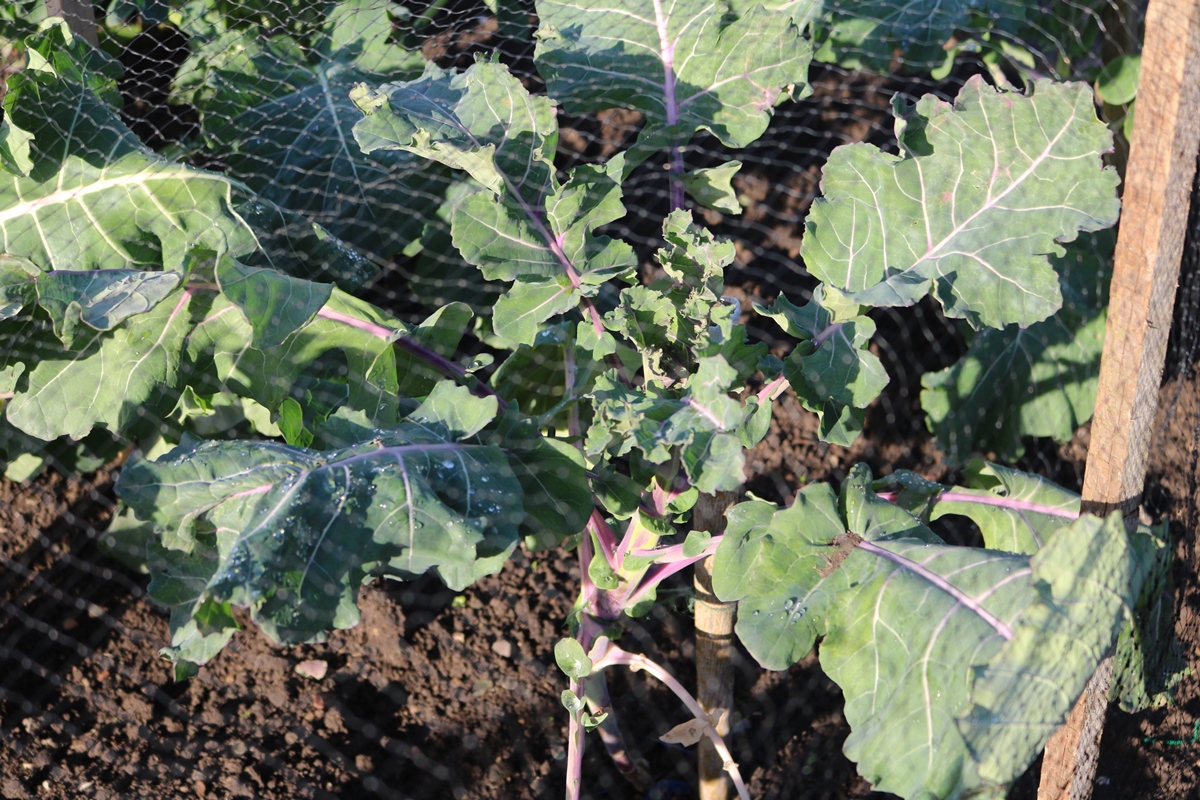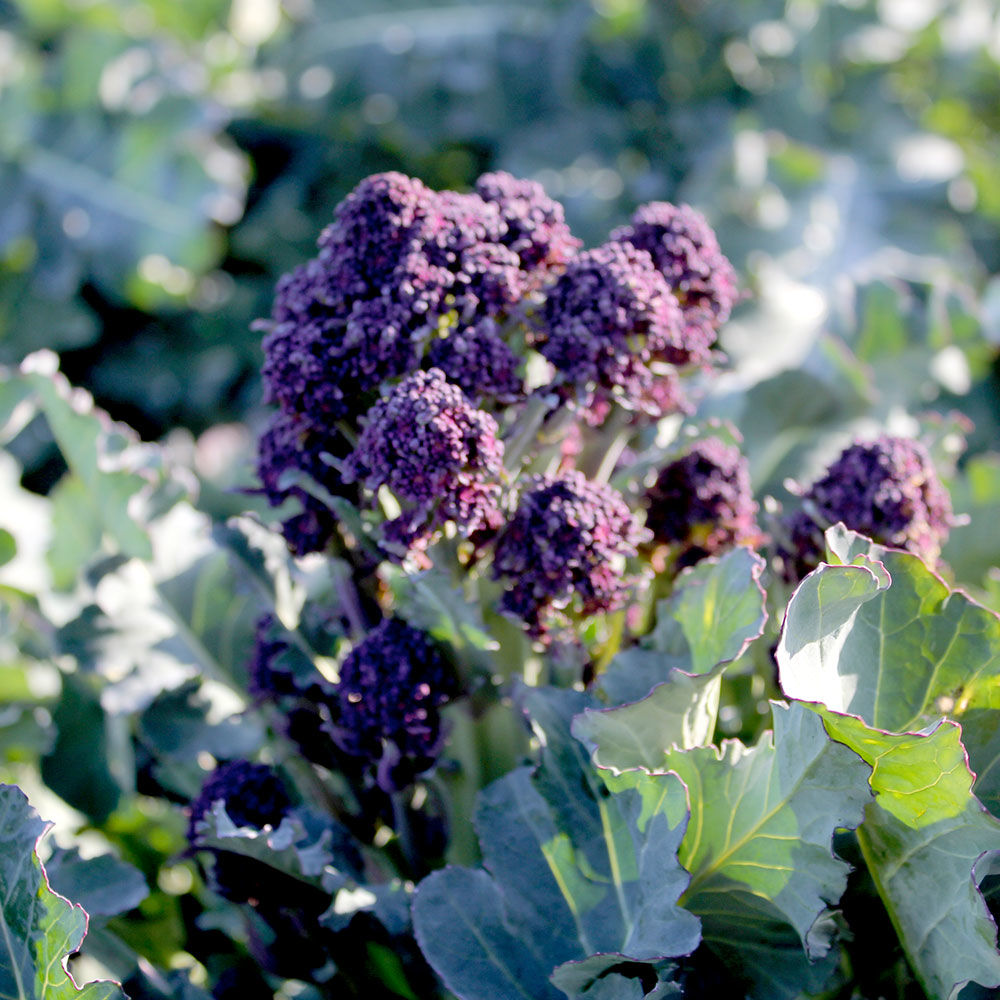
The best thing to do is to encourage ladybugs to frequent the garden. You can spray the plants with insecticidal soap as well. Also, laying out banana peels will purportedly repel aphids. Some folks say that laying aluminum foil down on the ground with the shiny side up will deter them. This may take a couple of attempts and, in my experience, doesn’t get rid of all of them. Once aphids are apparent, they’re hard to get rid of. With over 1,300 types of aphids, you’re bound to get an infestation somewhere. Also, if the trap works, you may have to reseed the trap crop, a small price to pay for saving the broccoli.Īphids will also get at your broccoli. The trap is a bit of a gamble, and the beetles may not be deterred. Try planting Chinese daikon or other radish varieties at 6 to 12 inch (15-31 cm.) spacings amongst the broccoli plants. Basically, you sacrifice the trap crop, but save the broccoli! This means planting vegetables that draw the attention of a pest.

Using organic fertilizers helps to deter them. They can decimate a broccoli crop if they invade, especially during a steady warm period. Another option is to use Bacillus thuringiensis, an organic insecticide.įlea beetles are tiny pests that are equally opportunity marauders. If neither of these works or isn’t feasible because the plants have gotten too large, an application of spinosad, a biological pesticide, should do the trick. Row covers will also aid in protecting broccoli plants from the cabbageworms. Of course, this keeps the birds out too, which isn’t a necessity. One way to protect the broccoli seedlings is to lay netting over supports, covering the plants. Even birds get in on the feast by eating the cabbageworms. Many insects like to dine on broccoli and keeping broccoli safe from these pests is no joke. So, you have hardened off your transplants and planted them in nice fertile soil, spacing the plants 18 inches (46 cm.) apart to facilitate nice big heads, but now you see evidence of cabbageworms. Just be sure to remove the coverings in the morning. If your broccoli heads are almost ready to harvest and temperatures are expected to dip into the 20s, cover the plants overnight with either a floating row cover or even an old blanket. More than likely, you will get some side shoots to form. If this happens, cut off the head but leave the plant in the ground.

Frost damage causes the florets to get mushy. The delicious broccoli heads are much more frost sensitive than the actual plants. The plants can be covered with hotcaps, newspaper, plastic gallon jugs (cut the bottoms and tops out), or row covers. If temperatures are likely to get colder or last longer, you need to provide the plants with some broccoli plant protection.

Transplants that have been hardened off will not be seriously damaged if the temperature drops down to 28 degrees F. To keep the plants from being damaged by a late or early frost, allow the transplants to acclimate (harden) gradually to the outdoor temperatures. It can be damaged by a sudden heat wave or a sudden freeze.
#Purple sprouting broccoli seedlings how to
How to Protect Broccoli Plants from Coldīroccoli does best in cool conditions with temperatures between 60 and 70 degrees F. Do you love broccoli too? Read on to find out how to protect broccoli plants. Protecting my broccoli plants becomes something of an obsession. This does require some vigilance on my part since broccoli is sensitive to frost and can also be plagued by insects that like it just as much as I do. Luckily, it is a cool weather veggie that grows well in my area both in the spring and fall, so I’m harvesting fresh broccoli twice a year.

Broccoli is hands down, my absolute favorite vegetable.


 0 kommentar(er)
0 kommentar(er)
